The River Eye flows alongside Egerton Lodge and under Leicester Road Bridge, a couple of hundred metres west of this Wetherspoon pub. The Melton Mowbray map, drawn in c1500, records that the Kettleby Cross stood on the far side of the bridge. Probably a boundary cross, it seems to have fallen into disrepair in the second half of the 16th century.
Text about the re-opening of The Kettleby Cross.
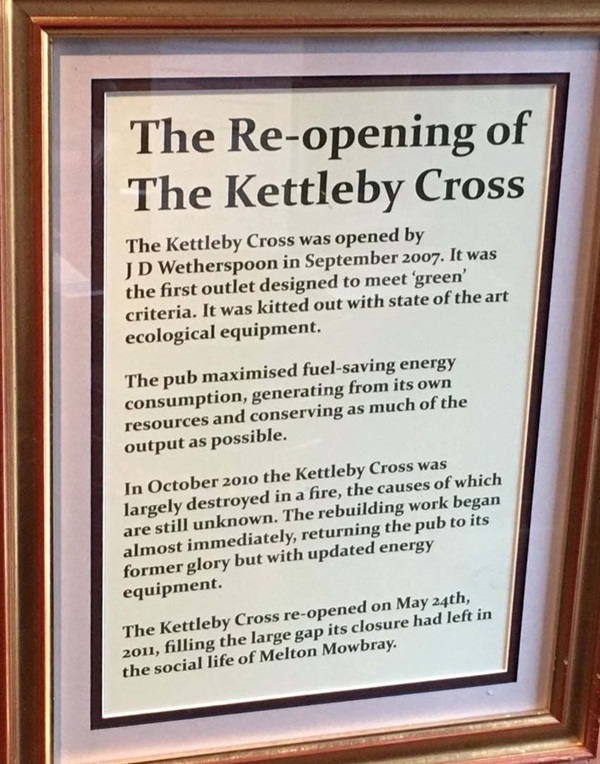
The text reads: The Kettleby Cross was opened by J D Wetherspoon in September 2007. It was the first outlet designed to meet ‘green’ criteria. It was kitted out with state of the art ecological equipment.
The pub maximised fuel-saving energy consumption, generating from its own resources and conserving as much of the output as possible.
In October 2010 the Kettleby Cross was largely destroyed in a fire, the causes of which are still unknown. The rebuilding work began almost immediately, returning the pub to its former glory but with updated energy equipment.
The Kettleby Cross re-opened on May 24, 2011, filling the large gap its closure had left in the social life of Melton Mowbray.
Text about the expression ‘painting the town red’.
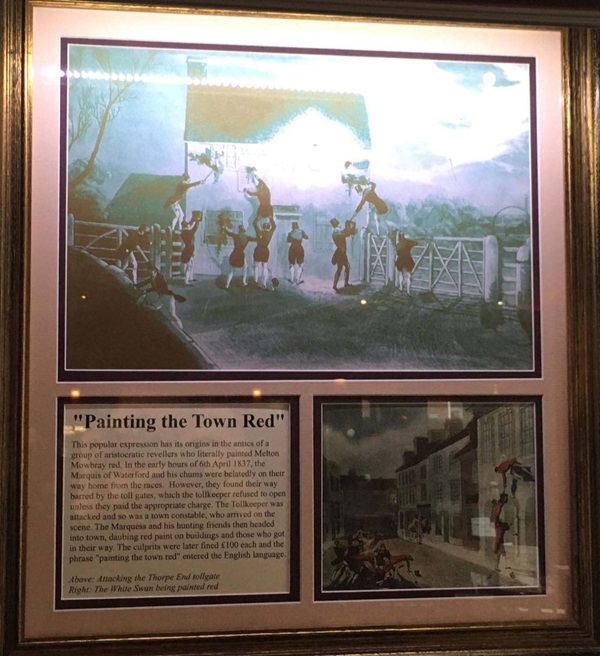
The text reads: This popular expression has its origins in the antics of a group of aristocratic revellers who literally painted Melton Mowbray red. In the early hours of 6 April 1837, the Marquis of Waterford and his chums were belatedly on their way home from the races. However, they found their way barred by the toll gates, which the toll keeper refused to open unless they paid the appropriate charge. The toll keeper was attacked and so was a town constable, who arrived on the scene. The Marquess and his hunting friends then headed into town, daubing red paint on buildings and those who got in their way. The culprits were later fined £100 each and the phrase ‘painting the town red’ entered the English language.
Above: Attacking the Thorpe End toll gate
Right: The White Swan being painted red.
Prints and text about Burton Street.
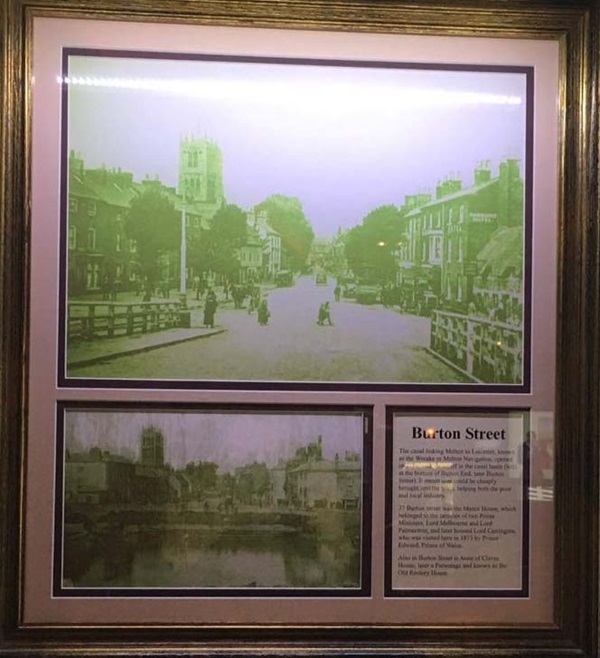
The text reads: The canal linking Melton to Leicester, known as the Wreake or Melton Navigation, opened in 1794, with its wharf in the canal basin (left) at the bottom of Burton End, (later Burton Street). It meant coal could be cheaply brought into the town, helping both the poor and local industry.
27 Burton Street was the Manor House, which belonged to the families of two Prime Ministers, Lord Melbourne and Lord Palmerston, and later housed Lord Carrington, who was visited here in 1873 by Prince Edward, Prince of Wales.
Also in Burton Street is Anne of Cleves House, later a Parsonage and known as the Old Refectory House.
Prints and text about Melton’s history.
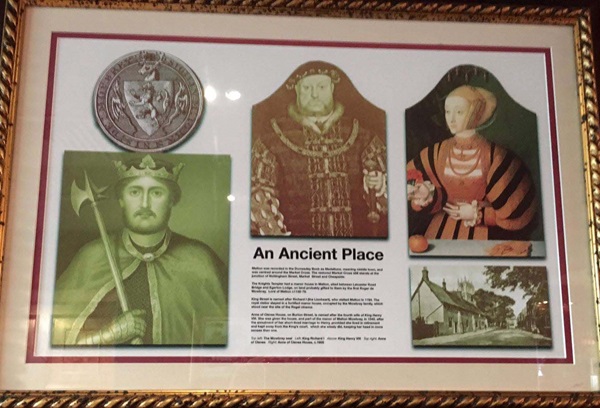
The text reads: Melton was recorded in the Domesday Book as Medeltune, meaning middle town, and was centred around the Market Cross. The restored Market Cross still stands at the junction of Nottingham Street, Market Street and Cheapside.
The Knights Templar had a manor house in Melton, sited between Leicester Road Bridge and Egerton Lodge, on land probably gifted to them by the first Roger de Mowbray, Lord of Melton c1135-79.
King Street is named after Richard I (the Lionheart), who visited Melton in 1194. The royal visitor stayed in a fortified manor house, occupied by the Mowbray family, which stood near the site of the Regal Cinema.
Anne of Cleves House, on Burton Street, is named after the fourth wife of King Henry VIII. She was given the house, and part of the manor of Melton Mowbray, in 1540, after the annulment of her short-lived marriage to Henry, provided she lived in retirement and kept away from the King’s court, which she wisely did, keeping her head in more senses than one.
Top left: The Mowbray seal
Left: King Richard I
Above: King Henry VIII
Top right: Anne of Cleves
Right: Anne of Cleves House, c1905.
A photograph of Market Place, looking down Sherrard Street, c1900.
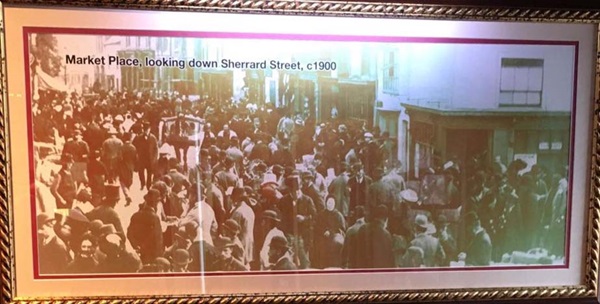
External photograph of the building – main entrance.
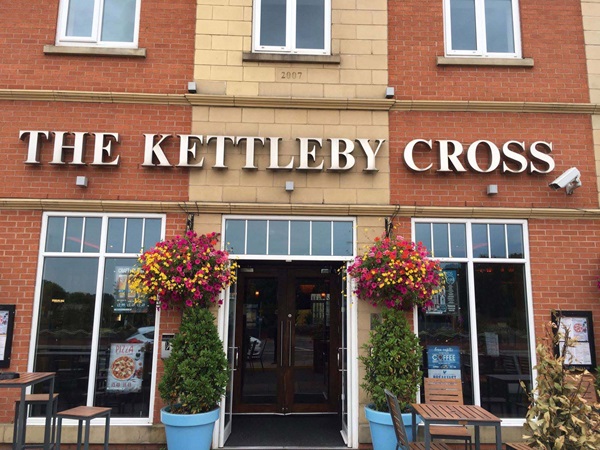
If you have information on the history of this pub, then we’d like you to share it with us.